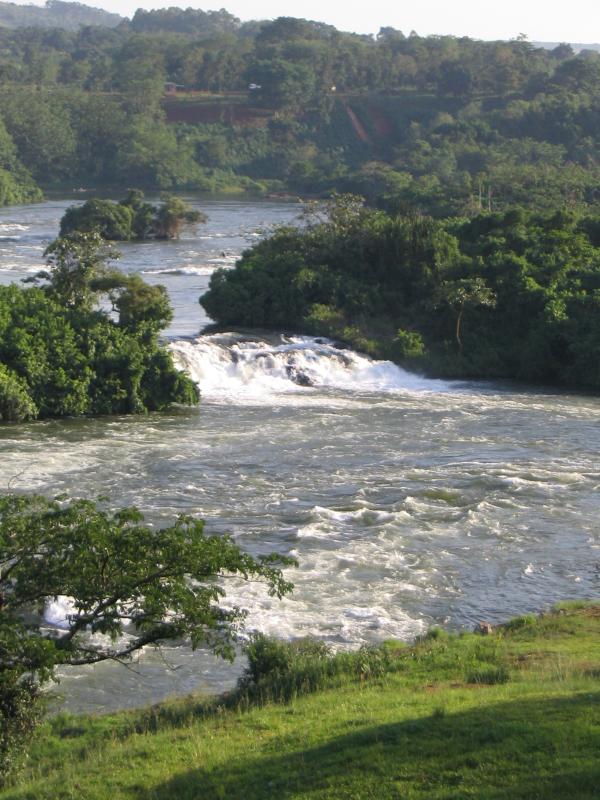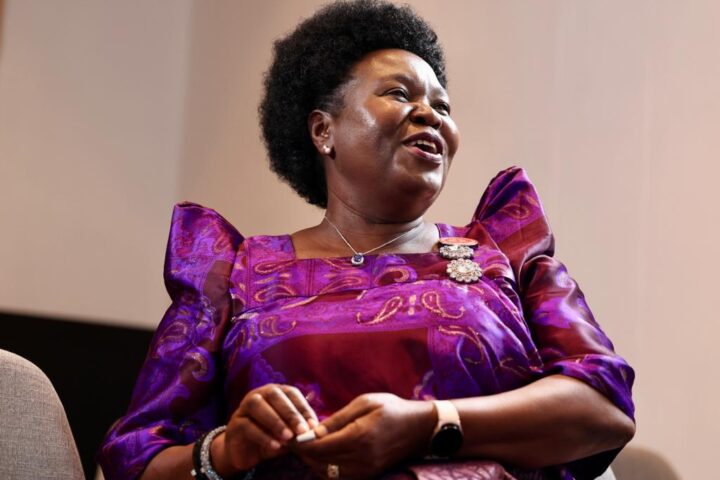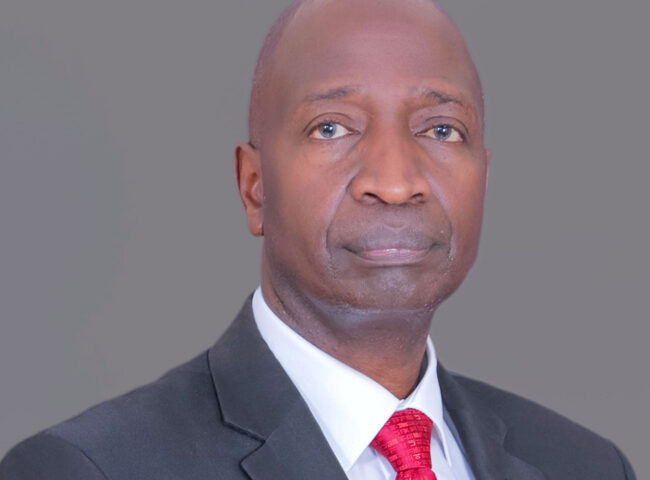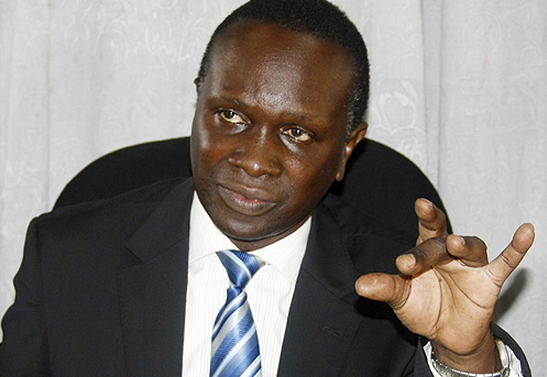The embarrassing situation with Uganda’s collapsing energy sector continues to grab headlines. The crisis in Kenya added one more egg in the face of energy managers who have been consistent about one thing; failure to deliver sustainable energy solutions to Uganda’s 30 million people.
One of the hallmarks of the disappointing performance of the sector is its manipulation of facts. The sector is famously corrupt even if its managers have so far managed to fend off public outcry because less than 10 percent of Ugandans have access to electricity, a small constituency for any mass action.
The official policy of the Ministry of Energy is that supply should keep ahead of demand allowing it to pursue a nebulous path in the provision of additional energy in a financially heavy sector- the stench of corruption stalking each project.
A lot of lies are told along the way.
Uganda has a low demand for electricity despite official load forecasts to the contrary. That can partly explain why despite the halving of energy supply over the last three years has produced no significant fallout.
Government figures suggest demand is close to 480MW growing at 11% annually. From a high of 280MW at one point supply today is as low as 135MW while some sources within the Uganda Electricity Transmission Company say the real figures of available power are routinely inflated.
The demand projections themselves are fake. If demand where as high as claimed the drop to less than half of supply would have produced some discernible effect. That’s the simple logic.
With less than a quarter of the population comprising present demand ( domestic consumers whose consumption is heavily subsidized with billions of shillings every year strain the grid in the evenings leading to massive load shedding) the Ministry has gotten away with meeting demand for homes by pointing supplies of limited electricity to various neighborhoods.
Many watchers point out that export figures for 2006 grew by 18% despite the power shortage but the growth was in products that do not require heavy electricity which is not available anyway.
Daudi Migereko, the Minister in charge is now set to commit serious mistakes, one will be the many power projects that are not knitted together, or tied to realistic demand, and reeling from waste and corruption.
Uganda’s rural power initiatives have sucked hundreds of millions of dollars with limited or no impact. Procurement of fuel based generators has stretched over 2 years, cost several million dollars in litigation as corruption ground supply to a halt.
The country’s dilapidated transmission system is starved of funds for expansion and leaks up to 30% of power generated].
Events in Kenya amplified the structural problems in Uganda where 70% of the demand for fuel is for electricity generation. Insiders say thermal power is now the primary source of electricity in Uganda even if the Ministry does not admit this in public.

Not the lack of potential- Bujagali Falls in Uganda
Shortages in fuel supply could plunge the country into a shock. Uganda’s national oil reserves have been quietly been drained but the Ministry maintains it can meet its vision to produce 20,000 megawatts in 2020.









